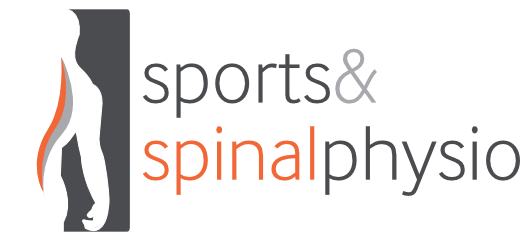News & Blog
The problem with spines!

Over the years we have learned that spinal related pain and pathology doesn’t have a one size fits all approach and patients tend to bounce from surgeon, to pain specialist, to physiotherapy, to osteopathy. Often Patients have preferences for specific therapies feeling that one works better than others for them. However research shows no clear cut winners in this field suggesting certain inputs are slightly more advantageous than others. With no specific means of treatment categorisation by pathology, pain, age or demographic the spine continues to challenge us.
Movement based therapy – not generic exercise sheets
Our movement based rehabilitation is not a standard generic exercise programme (e.g. hug your knees to your chest or roll your legs to the side). It’s also not a core strengthening programme (we learned years ago that having a strong core doesn’t result in being free of back pain – just look at power lifters, in fact overloading the core can increase back pain).
Our programmes are based on improving postural and movement efficiency through specific rehabilitation drills. We know that people in pain move differently and have subtle muscle and movement alterations and adaptations that are not always obvious to the untrained eye. Rehabilitative exercises are selected after careful testing and matched to where we feel patients have movement inefficiencies. We are able to progress exercises from easy low load to harder movements that require load and speed to replicate everyday life. Progression of any rehabilitative exercise is essential to ensure adaptive changes in both musculoskeletal and the neurological systems. Sometimes patients react and flare up, often due to sudden increases in load or demand. As such they need support and guidance with their return to activity.
The challenge we face
Our biggest challenge is how we help patients who were not responding to manual therapy and exercise-based programmes or conservative interventions such as injection therapy. This is particularly the case for patients with chronic irritable disc related pathology and nerve pain (lumbar and cervical) and this is where we feel our IDD Therapy programme comes in.
IDD Therapy was developed in North America by Neurosurgeon Norman Shealy in the late 1990s to address the failings of traditional traction and the natural limitations of manual-only therapy. With IDD Therapy we can apply computer-directed distraction and oscillation forces at specific angles to decompress and mobilise targeted spinal segments. This helps to reduce pain, improve nutrition and oxygenation across the endplate aiding recovery.
As well as being a highly focused treatment, IDD follows a strict protocol that all IDD providers subscribe too. This protocol is very different to traditional traction and IDD Therapy. Unlike traditional traction programmes, IDD Therapy requires patients to undergo an intense 6 weeks of treatment which over the first few weeks requires daily attendance.
During their daily sessions and while on the machine there is 30 minutes whereby they can talk through their condition with a Physio, this undoubtedly aids to their understanding of their problem, and helps to reassure /educate them. To optimise the benefits of IDD it is important that the patient is careful not to adopt negative health behaviours such as repetitive loading or long periods of sustained positioning while undergoing treatment.
As patient trust and understanding grows they are often more willing to engage in elements of rehabilitation, as such towards the middle of this treatment programme we are normally initiate them on our movement based rehabilitation. This naturally leads them into further rehabilitation once we have finished their IDD therapy. By which time we are hoping that that have improved function and reduced levels of pain.
Does IDD Therapy work?
Like any treatment, patient selection and patient participation is crucial for success. We believe that IDD Therapy is most successful when the patient adheres to the programme, uses the time with our clinicians to listen and learn about their condition and is compliant and progressive with their exercise rehabilitation programme.
We are very selective as to who we use IDD with and over the past 9 years have only used it with around 250 patients. As such our outcomes are very good resulting in around a 65% reduction in pain and disability in our patients. However it must be said that these patients also received education/advice and a comprehensive rehabilitation programme too. (https://sportsandspinalphysio.co.uk/is-idd-the-best-non-surgical-treatment-for-prolapsed-and-herniated-disc/)
Summary
We are very proud of the outcomes that we achieve in our clinic. Our range of treatment options; Rehabilitation / Manual Therapy / IDD Therapy / Education and Advice provide our patients with the best non-invasive spinal care we feel is available at this time
